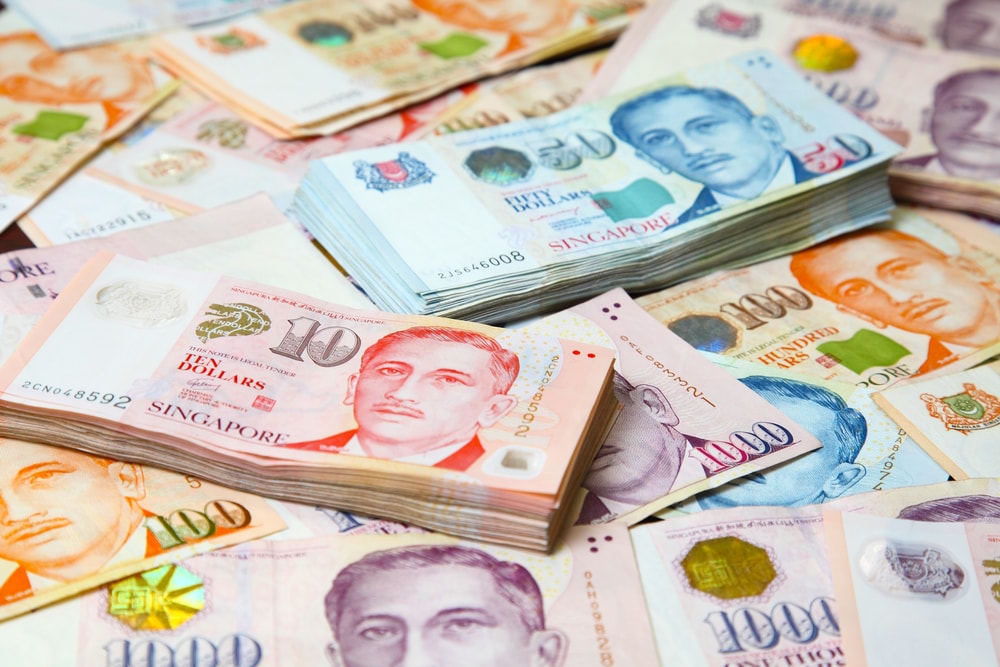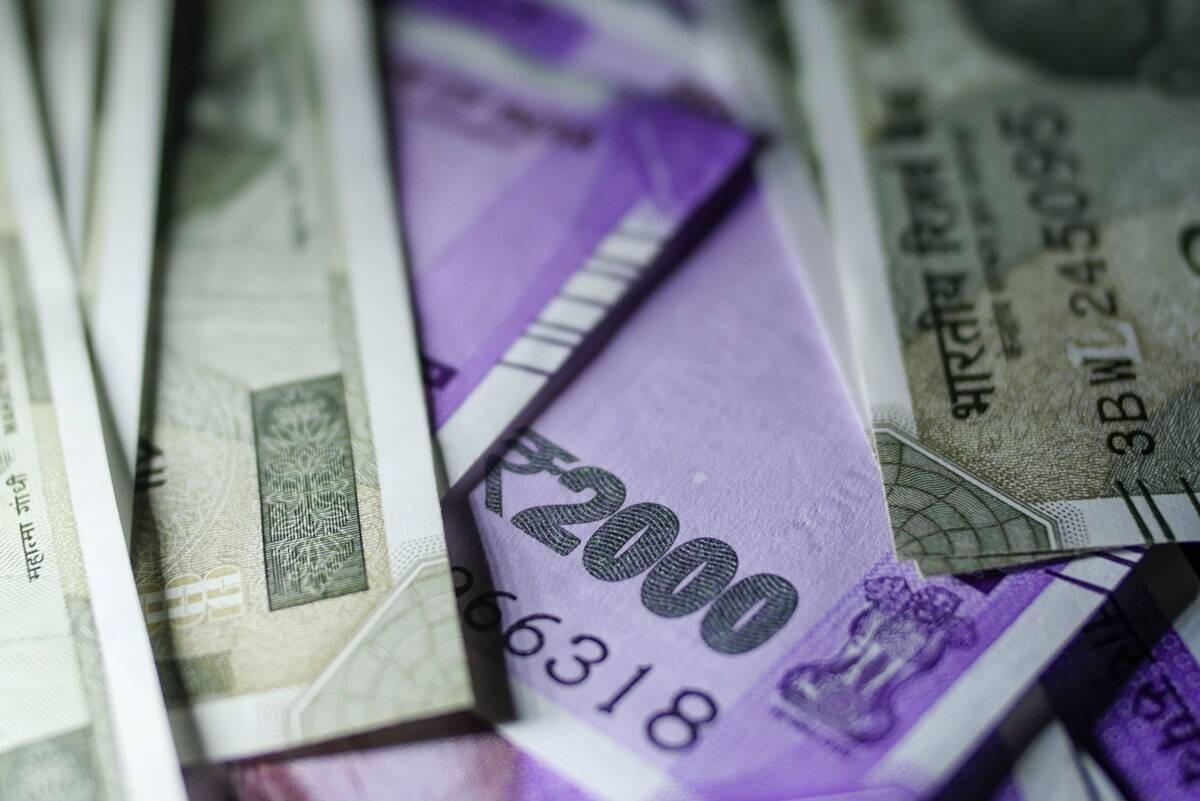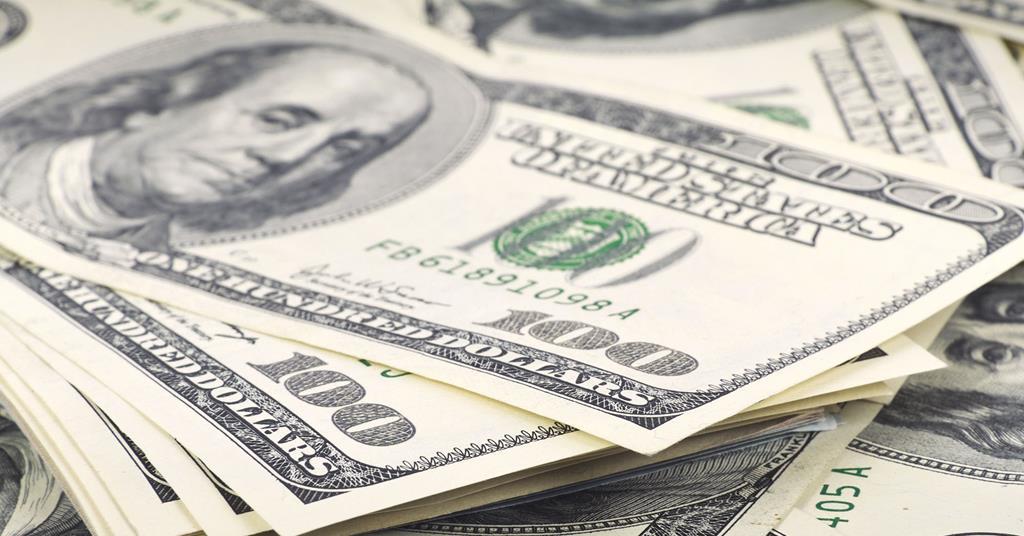Table of Contents
- HOW TO TREAT MONEY PROPERLY - Rami Bleckt Personal website
- Transaction monitoring: How we can do better | Article | Compliance Week
- What is Money Circulation? (with pictures)
- రోడ్డుపై డబ్బు దొరికిందా.. అయితే వీటి గురించి తప్పక తెలుసుకోవాల్సిందే!
- Money Wisdom and Seniors - SACE
- Show me the money | MBA Ranking | Which MBA? | The Economist
- A simple multi-asset solution for investors of every type - Money News ...
- Griper News: Griper Blade: Out of State Money King Scott Walker ...
- GeniusU
- Indian states, finances, and state of finance | Opinion Analysis News ...

Money is a fundamental aspect of our daily lives, and its significance cannot be overstated. It is a medium of exchange, a unit of account, and a store of value, playing a crucial role in facilitating economic transactions and activities. But have you ever stopped to think about what money really is? In this article, we will delve into the definition, history, types, and creation of money, providing a comprehensive understanding of this complex concept.


Definition of Money

Money is defined as any item or verifiable record that is widely accepted as payment for goods and services and repayment of debts. It serves as a medium of exchange, allowing individuals and businesses to acquire what they need without having to exchange goods or services directly. The key characteristics of money include durability, portability, divisibility, uniformity, limited supply, and acceptability.


History of Money

The history of money dates back thousands of years, with early forms of currency including commodities such as gold, silver, and copper. The first coins were introduced in ancient Greece and Rome, and paper money was first used in China during the Tang Dynasty. The development of modern fiat currency, which is not backed by any physical commodity, has enabled governments to manage their economies more effectively. The rise of digital payment systems and cryptocurrencies has further transformed the way we think about and use money.


Types of Money
There are several types of money, including:
- Fiat currency: Currency that has no intrinsic value but is backed by a government's guarantee.
- Commodity-based currency: Currency that is backed by a physical commodity, such as gold or silver.
- Representative money: Currency that represents a claim on a physical commodity, such as gold or silver.
- Digital currency: Currency that exists only in electronic form, such as cryptocurrencies like Bitcoin.

Creation of Money
Money is created through a process called the money creation process, which involves the interaction of commercial banks, central banks, and governments. When a commercial bank makes a loan, it creates new money by crediting the borrower's account. The central bank, on the other hand, can increase the money supply by buying government securities or decreasing the reserve requirements for commercial banks. Governments can also create money by printing more currency or issuing debt.
In conclusion, money is a complex and multifaceted concept that plays a vital role in our daily lives. Understanding its definition, history, types, and creation can help us appreciate the importance of money and make informed decisions about our financial lives. Whether you're an individual or a business, having a solid grasp of money and its functions is essential for achieving financial stability and success.
Source: Investopedia
Note: The article is written in a way that is easy to understand, and the HTML format is used to make it SEO-friendly. The title is new and descriptive, and the headings and subheadings are used to break up the content and make it easier to read. The article includes a brief overview of the concept of money, its definition, history, types, and creation, and provides a comprehensive understanding of the topic.